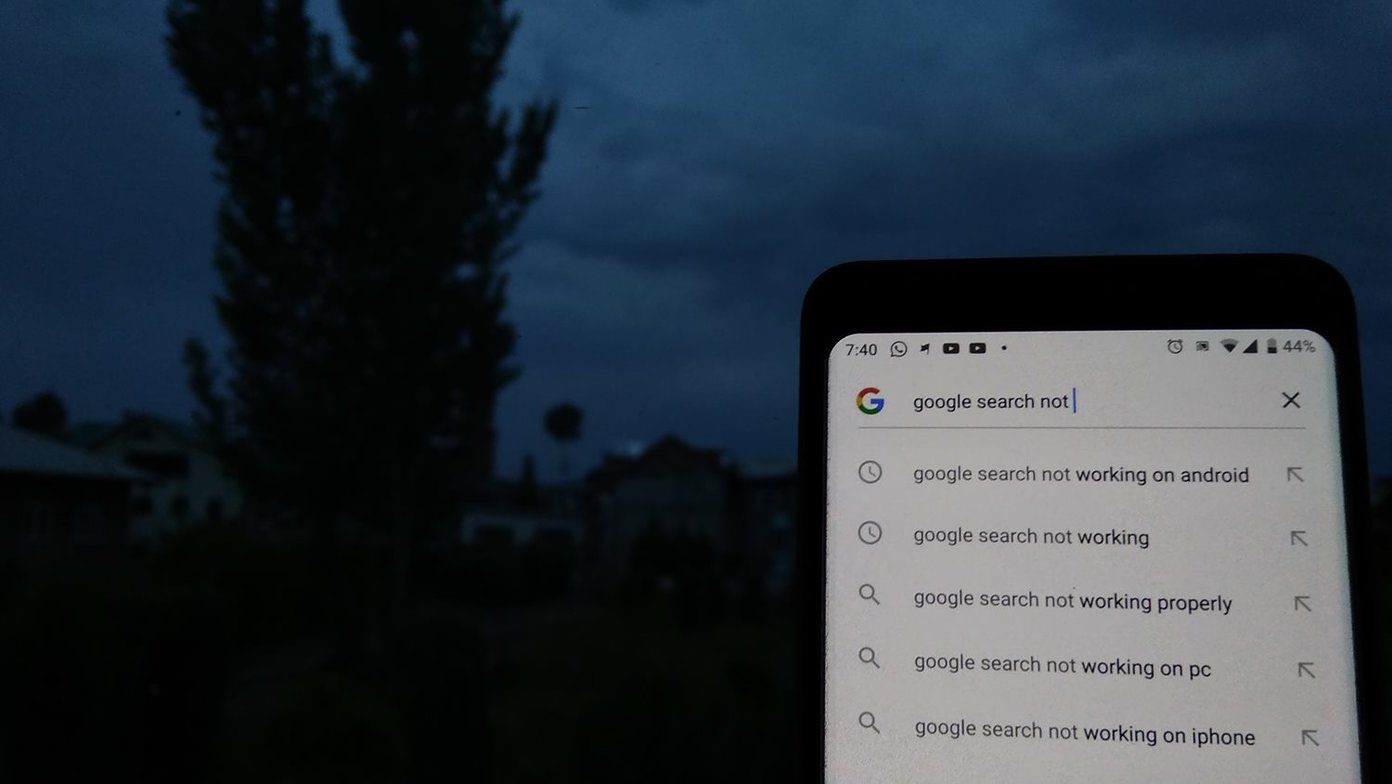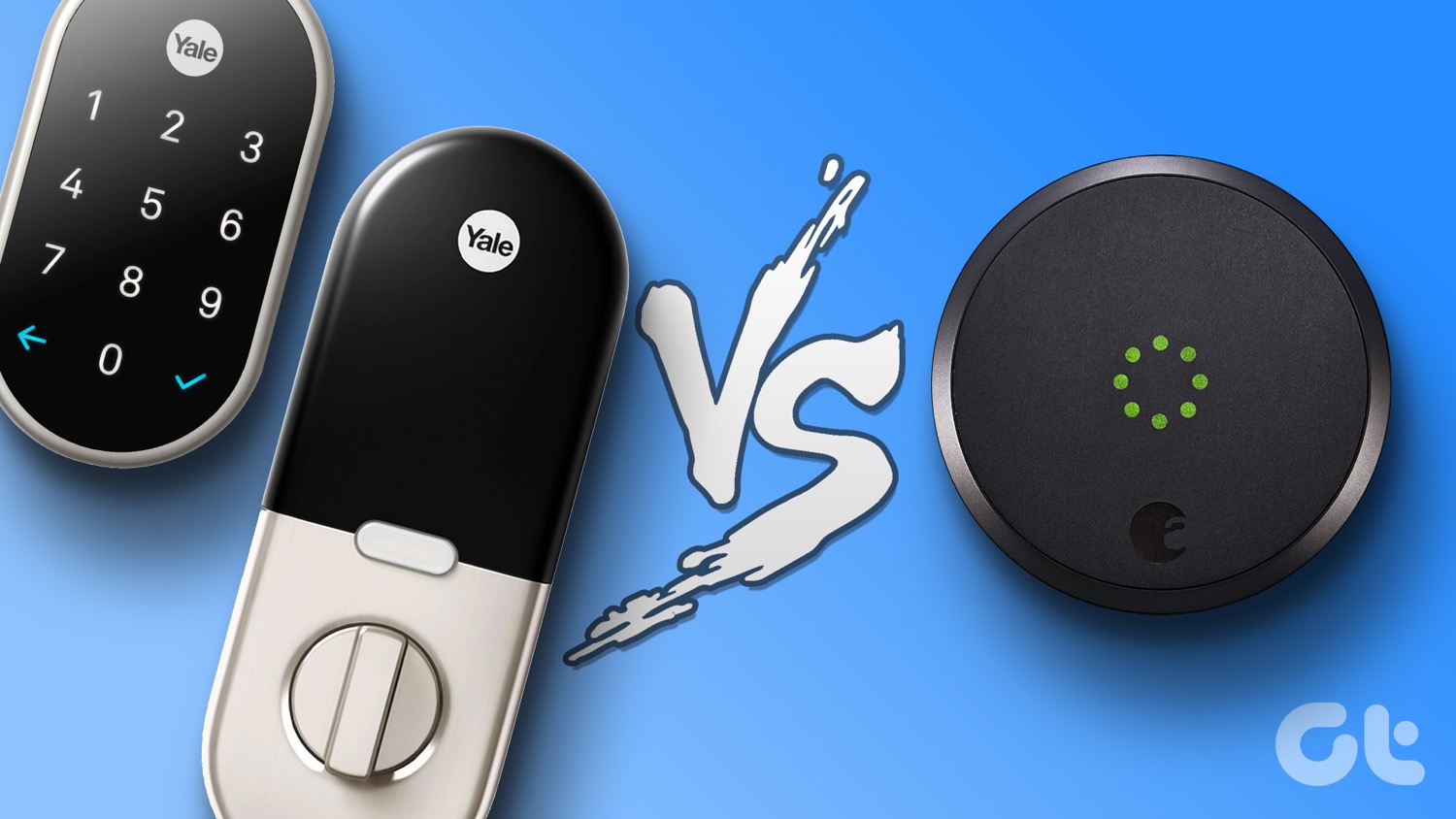For Firefox users, the new version of the web browser displays a gray padlock icon in place of the previously used green padlock for secure HTTPS sites. We shall explain why this happened, and how you can get back the green lock icon on Firefox. Since the browser is available on all major desktop platforms, you can try it out on Windows, macOS and even Linux.
Why Firefox Replaced the Green Lock Icon
Newer versions of the Mozilla Firefox 70 web browser release come with updates to the security and privacy indicators in the URL bar. This change can be seen in the gray color padlock icon that replaced the usual previous green padlock in the address bar. While it’s just a small color change, most users were accustomed to the more visible green padlock, but Mozilla’s developer team offered a preference to restore the latter for secure sites. Mozilla believes that there’s a continued prevalence of privacy threats on the internet, which is why they shipped new technologies to protect their users from tracking. The updated user interface is no longer a way of identifying website security, but what they say is “a step towards treating secure HTTPS as the default method of transport for websites” with emphasis on user privacy.
What Do the Different Padlock Icons Represent?
Traditionally, a secure site, which means any website delivered via secure transport mechanisms, had a green lock icon in the address bar on Firefox. Any other sites delivered through insecure means only had the information icon but no extra security indicators. In the Firefox 70 release, part of the changes includes showing different color padlock icons, some plain, others with a line or warning sign, and they carry different meanings. For insecure login pages, a crossed-out lock icon appears as a permanent indicator of sites delivered through insecure protocols. The initial green lock icon has been changed to a gray one emphasize on insecure or broken connections, rather than the default (secure) connection. The information icon has also been removed, which means the lock icon holds the identity and security information about a website. Such information includes whether the site is encrypted or who owns it along with their location, so you can steer clear of malicious sites trying to steal your sensitive or personal data. In rare cases, you may see a gray padlock with a red strike over it or a yellow warning triangle. The padlock with the red strike over it indicates a partially encrypted connection between the website and Firefox, and this doesn’t prevent man-in-the-middle attacks or eavesdropping. If you see a gray padlock with a yellow warning triangle next to it, the connection between the site and Firefox is also partially encrypted, and won’t prevent eavesdropping. It also means the site’s certificate is self-signed or isn’t from a trusted authority.
How to Restore the Old Green Lock Icon in Firefox
Mozilla’s developer team didn’t do away with the option to restore the green lock icon, having replaced it with a gray one, so you can get it back by following a few steps. There are built-in configuration options you can use, and the change will be applied immediately without having to restart your browser. Step 1: In the Firefox address bar, open a new tab and type about:config in the address bar. You’ll get a warning screen saying that the action you’re about to take may void your warranty. Confirm that you’re sure of what you’re doing by clicking the blue ‘I accept the risk’ button. Step 2: At the top, type security.secure_connection_icon_color_gray in the search box. Step 3: In the new window, under Value, toggle it from TRUE to FALSE. To do this, right-click on TRUE, and select Toggle. It will instantly change to FALSE. Go back to the address bar, and you’ll notice that all the HTTPS sites or those using secure connections will now have a green padlock icon displayed again. To restore the gray padlock icon, repeat the steps but toggle the value back to TRUE.
How to Display Not Secure for Non-HTTPS Sites
If you prefer Firefox to display “Not Secure” for sites that don’t use HTTPS instead of only displaying a crossed-out padlock icon, you can add this text to the address bar using these steps. Step 1: Open a new tab and type about:config in the address bar. In the search bar, type security.insecure_connection_text.enable to bring up the correct setting. Step 2: Under Value, set the preference from FALSE to TRUE to enable “not secure” text. Do this by right-clicking on the value, and selecting Toggle. You can disable it again by repeating these steps.
Give Me the Green Light
We hope you now know how to get back the green padlock icon on your Firefox browser’s address bar. We’re not sure how long this will last, so it’s best to get used to seeing the gray icon, so you can tell the insecure sites from the secure ones. Next up: Tired of using extensions to block websites and trackers? Our next article will show you how to block these and other annoyances like Cryptominers or Fingerprint thieves without extensions. The above article may contain affiliate links which help support Guiding Tech. However, it does not affect our editorial integrity. The content remains unbiased and authentic.
![]()
![]()
![]()
![]()
![]()
![]()
![]()
![]()
![]()









